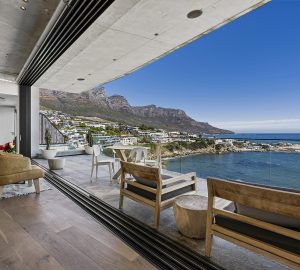Olympic host cities are often left with white elephants – sporting venues that remain underutilized yet require expensive maintenance. This has prompted the International Olympic Committee to direct cities to consider the aftermath of hosting the Games. London offered a glimpse of this approach during the 2012 Games, which featured several easily dismantled stadia.
But Rio is determined to ensure the 2016 Summer Olympic Games leave a more successful and sustainable legacy through what Mayor Eduardo Paes calls “nomadic architecture”.
Rio’s venues were designed in such a way that allows them to be removed, rebuilt and repurposed once the Games have ended.
The Future Arena, which hosted the Olympic handball games, was designed to be dual-purpose. The arena is made of smaller modular parts that are bolted together. When the Games end, these parts will be dismantled, stacked and relocated to build four 500-student primary schools in three nearby neighbourhoods.
The Aquatic Stadium, which is also a temporary venue, will be dismantled and reassembled as two community pools while the 300-acre Barra Olympic Park, which houses a total of nine Olympic venues, will be transformed into public parks and private developments after the Games.
Rio is essentially employing the use of “temporary architecture”, which is based on the use of prefabricated, modular parts. This decades-old technique is enjoying a revival as it is cheaper, faster and more sustainable than conventional building methods. Advances in materials and techniques have made modular structures lighter, stronger and more weather-proof than before.
Temporary buildings can have a carbon footprint half the size of a conventional structure and can cost 50% to 80% less. Building times vary widely, but most temporary buildings go up faster too. Not having to maintain permanent venues after the Games can save millions more.
Of the 30-odd venues at the Rio Games, only the Future Arena and Aquatic Centre are truly nomadic. While London made greater use of temporary facilities, much of the sporting infrastructure in Rio existed before the Olympic Games. It can be argued that reusing existing venues is the most sustainable approach of all. Los Angeles is highlighting this approach in its bid for the 2024 Games.
Being able to build faster, lighter and more sustainable buildings in response to the environmental and socioeconomic challenges the world faces is increasingly important. This is true of all buildings, not just Olympic venues.
Posted by The Know - Pam Golding Properties





